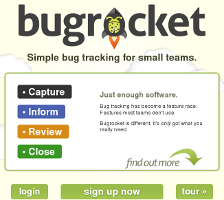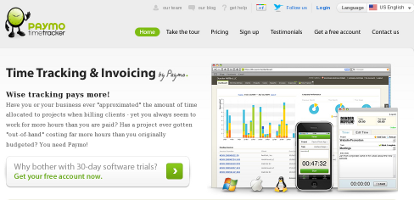 Demand Media is a company headquartered in Santa Monica, California, which uses algorithms to predict audience measurements for different search queries; it then pays freelancers to write web articles based on these trends with the purpose of attracting web readers and ultimately sell online advertisement based on this audience. As a secondary area of activity, Demand Media owns eNom, a domain name registrar which allows people to buy their desired domain names with the ultimate purpose of having a website at those specific domain name web addresses.
Demand Media is a company headquartered in Santa Monica, California, which uses algorithms to predict audience measurements for different search queries; it then pays freelancers to write web articles based on these trends with the purpose of attracting web readers and ultimately sell online advertisement based on this audience. As a secondary area of activity, Demand Media owns eNom, a domain name registrar which allows people to buy their desired domain names with the ultimate purpose of having a website at those specific domain name web addresses.
While traditional newspapers find difficulties in moving into the online space due to low advertisement income (and high costs in producing editorial content and attracting an online audience for it), Demand Media uses an algorithmic approach to make sure that it produces editorial content only for specific topics where there is pre-existing demand. In addition, the company produces content written primarily about time-irrelevant areas, which allows it to monetize the content indefinitely (or at least well into the future) via ads, as opposed to the newspaper industry where most articles could be considered obsolete in a couple of days after their publish date.
The main websites operated by the company are eHow, an online repository of human knowledge with more than 1 million articles of specific information about popular search topics, and Cracked.com, the most visited humor website in the world (over 300 million monthly page views).
The company has been criticized for offering low quotes (around $15 per article) to freelance writers and then using dubious accounting practices of amortization in order to recoup this expense across several years, therefore giving the appearance of profitability. A recent Google search quality update called Panda attempted to emphasize webpages containing expert quality knowledge, which caused an impact to Demand Media’s traffic and lead to comments about revenue losses.











